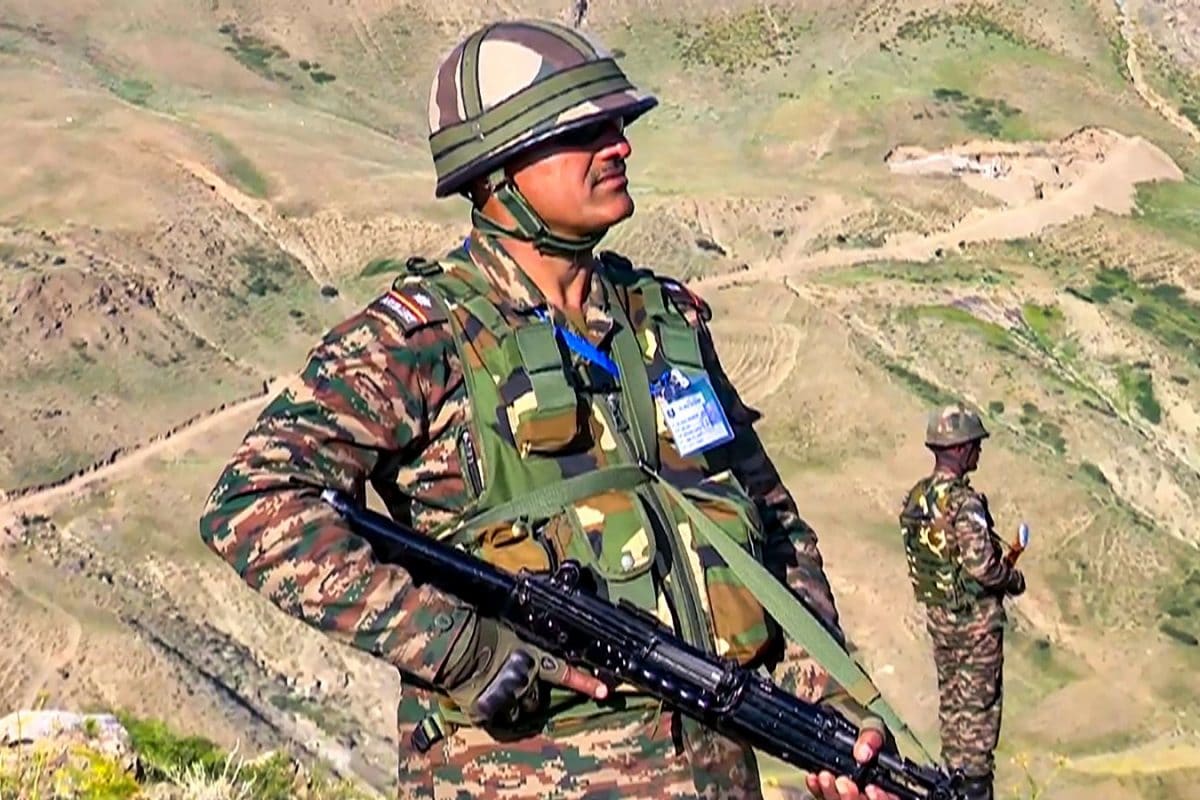

Today marks the 26th anniversary of Kargil Vijay Diwas, a day etched in the hearts of every Indian as a symbol of courage, sacrifice, and victory. On this day, the nation remembers and pays tribute to the brave soldiers who fought valiantly to reclaim the strategic peaks in the Kargil region of Jammu and Kashmir from Pakistani intruders in 1999. This year's celebrations are particularly poignant, highlighting not only the historical significance of the Kargil War but also the advancements and transformations within the Indian Army since then.
The Kargil War, a high-altitude conflict fought in challenging weather conditions and treacherous terrain, tested the resolve and resilience of the Indian armed forces. Operation Vijay, launched by the Indian Army, successfully pushed back the Pakistani forces, showcasing the extraordinary bravery and determination of Indian soldiers. Battles at Tololing, Tiger Hill, and Point 4875 became legendary, with heroes like Captain Vikram Batra and Major Rajesh Adhikari becoming national symbols of courage and sacrifice. The war claimed the lives of 545 Indian soldiers, but it also strengthened national unity and garnered international respect for India's restraint and resolve.
In the years following the Kargil War, the Indian Army has undergone significant modernization and strategic enhancements. A recent example of this evolution is "Operation Sindoor". Launched in response to a terror attack in Jammu and Kashmir's Pahalgam, this operation demonstrated India's capacity for high-precision, coordinated military action across land, air, and sea. What set Operation Sindoor apart was the seamless integration of indigenous hi-tech systems into national defense. From drone warfare to layered air defense and electronic warfare, the operation highlighted India's growing self-reliance in military operations.
The integration of drone warfare into India's military doctrine, spurred by domestic R&D and policy reforms since 2021, showcases this evolution. The success of Operation Sindoor underscores India's readiness to face evolving security challenges with its own innovations, backed by a determined state and the ingenuity of its people.
Commemorations of Kargil Vijay Diwas extend beyond military parades and memorial services. The Ministry of Youth Affairs and Sports, through its platform MY Bharat, organized a Kargil Vijay Diwas Padyatra in Drass, symbolizing national unity and gratitude. The event saw participation from youth volunteers, armed forces members, war veterans, and families of fallen soldiers. Additionally, initiatives such as tree plantation drives and youth dialogues foster civic awareness and highlight stories of courage and sacrifice among the younger generation.
Furthermore, the 26th Kargil Vijay Diwas celebrations in Drass also spotlighted women-led entrepreneurship in the Kargil region. An exhibition by the Family Welfare Organisation showcased locally produced organic goods, emphasizing women empowerment and self-reliance in remote regions like Ladakh. This integration of social welfare and national development into the Kargil Vijay Diwas commemorations reflects a holistic approach to honoring the sacrifices of the past while building a stronger, more resilient future.
As India commemorates 26 years of victory in the Kargil War, the nation not only remembers its fallen heroes but also celebrates the progress and advancements made in its military capabilities and its commitment to national unity and development. From the icy heights of Kargil to the integration of indigenous technologies in Operation Sindoor, the Indian Army continues to evolve, adapt, and stand strong in its commitment to protecting the nation. Kargil Vijay Diwas serves as a reminder of the sacrifices made to protect the nation's freedom and a call to continue building a strong and self-reliant India.